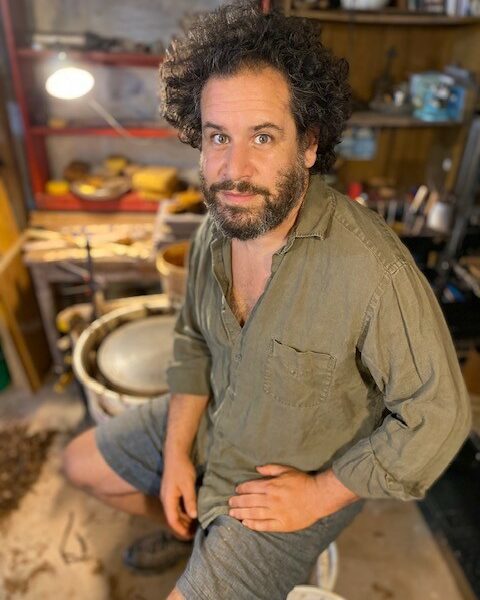

Today we’d like to introduce you to Jeremy Segel-Moss.
Hi Jeremy, please kick things off for us with an introduction to yourself and your story.
I am a St. Louis native who has spent the last 20 years as a St. Louis musician, mostly in a group called The Bottoms Up Blues Gang. Before becoming a professional musician, I spent several years in Washington State, where I participated in an intense education on ceramics. During the pandemic, when live music could not happen, I returned to my roots as a ceramic artist. I built a fully working studio in the basement of our house and got to work. During the pandemic years, I’ve started to supply restaurants such as Akar and Indo with plates and bowls. I’ve also started partnerships with Maven Candle company in Maplewood and Flowers and Weeds on Cherokee Street. Much of my work now is a mix between private orders, businesses, and monthly farmers’ markets.
Can you talk to us about the challenges and lessons you’ve learned along the way? Would you say it’s been easy or smooth in retrospect?
Being a professional artist is never a smooth road, especially if you are transitioning from a very public art form to an art form that requires a lot of solitude. As I moved from being on stage to working alone in the basement, I struggled (like so many people during the pandemic) with so little collaboration. There is a huge ceramic community in St. Louis, but since I hadn’t practiced the art form for 20 years, I didn’t know any other potters. During the last year or so, I’ve connected with other potters, studios, and events, which has led to more participation in the community. For example, I will be included in the Mug Market in October, featuring over 20 local ceramic artists. These kinds of events have helped overcome some of the early obstacles.
My current struggles are about how to scale up. Because of my work with local businesses, there have been a few profile pieces, such as being featured on Food is Love on PBS, that have raised my visibility and created almost more orders than I can handle as a solo artist. Being busy isn’t bad, and I continually work on being more efficient with my time and organized on the business side of the art.
Alright, so let’s switch gears a bit and talk business. What should we know about your work?
Art is a way to help every person through their day. Whether it’s the music we listen to or the vessels we drink out of, incorporating art into all aspects of our life helps us deal with the enormity of our world. So much of our ‘stuff’ in the 21st century is mass-created by machines. Most of the dishware available at box stores offers very little to the user and is generally soul-less.
One thing that sets me apart from other ceramic artists is that I strive to be a production potter, which means I create many pieces of the same size and style. This is important when working with clients like Maven Candle Co., who need hundreds of vessels built to a very specific size. Restaurants that order plates and bowls also need consistency over a large order. By collaborating with clients, I can create pieces that provide a palate for their art. No matter how large and consistent an order is, there will always be slight variations between each piece because they are handmade. This is how ceramic art differs from mass-produced wares from a store. It is those little differences when drinking from a handmade cup or eating off a handmade plate that fulfills my goal of bringing art into our daily life. Much of my work is about creating vessels and canvases for others to incorporate their works of art. Many of my glazes are matte and clear of heavy design to leave room for others to engage with. This allows restaurants to place their colorful, delicious food on a subtle piece of art or offers a flower store a unique vase to arrange their bouquets. The moments of pride for my work come when I see people eating off dishes I’ve created at a restaurant or the flowers placed and enjoyed in one of my vases. If my clients have the right canvas to create with, I know I’m doing my job.
Can you talk to us about how you think about risk?
Risks are important in artistic life and should be taken as often as possible. On an artistic level, I try to take risks every day. I work with new clay bodies and combinations of glaze and try out new forms. Often my days consist of creating many of the same forms, so at the end of each day, I throw several pieces that often never make it off the wheel. For instance, I might have a day of throwing 50+ cups of the same size, which can be tedious and not offer a lot of room for adventure. So once I’ve hit my quota of pieces, I’ll throw some large vases and play with the shapes and scale. Many times it’s in those moments when the outcome is less important than the process that I find a new form or shape that gets incorporated into the next large batch of pieces.
In terms of the business of art, my biggest risks have been the large financial investments I’ve made in the studio and materials. Kilns, clay, glaze, and even electricity are not cheap. Taking smart risks to build my capacity has been scary but have all worked out well as the business has grown.
I’ve also had to learn a new financial structure as a ceramic artist. The way it goes for a working musician is that they play a show and get paid that night. As a potter, those paychecks come only when commissions have been filled, or I’ve participated in a market. Learning these new streams of money was a little scary initially, but as the years have gone by, everything has started to even itself out.
Ultimately, the biggest risk I’ve taken is entirely changing careers in my mid-forties. While both careers are forms of art, the way they manifest is entirely different. I was lucky to have been a musician for several decades before turning to ceramics. Live musicians take risks at every show with immediate feedback from the audience. It’s a scary and humbling experience that educated my ability to take risks as a ceramic artist.
It is much easier to take risks when you live in an incredible art community. St. Louis is full of musicians, potters, painters, poets, and generally amazing people. Watching other artists create lives for themselves with their art only reassures me when I have mountains to climb and new things to learn.
Contact Info:
- Website: www.cherokeestreetceramics
- Instagram: @cherokeestreetceramics
- Facebook: https://www.facebook.com/cherokeestreetceramics
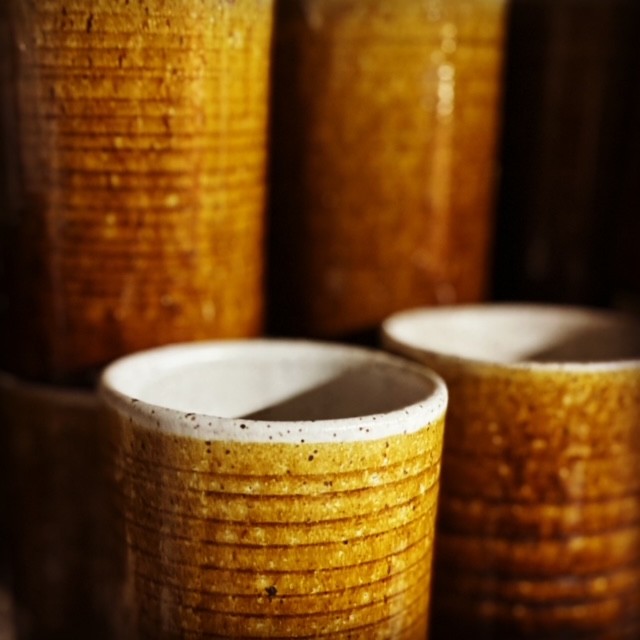
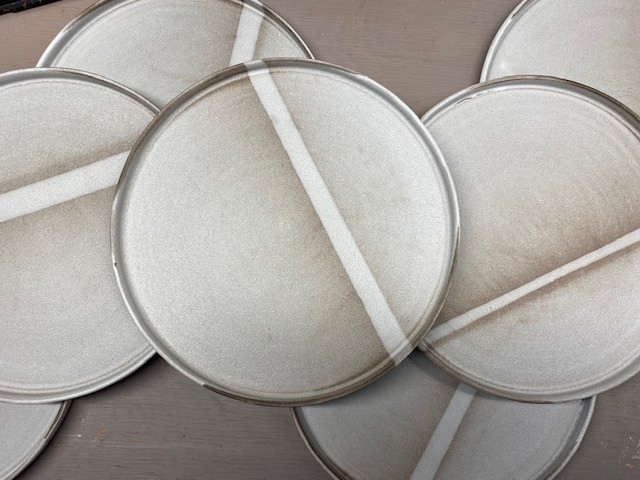
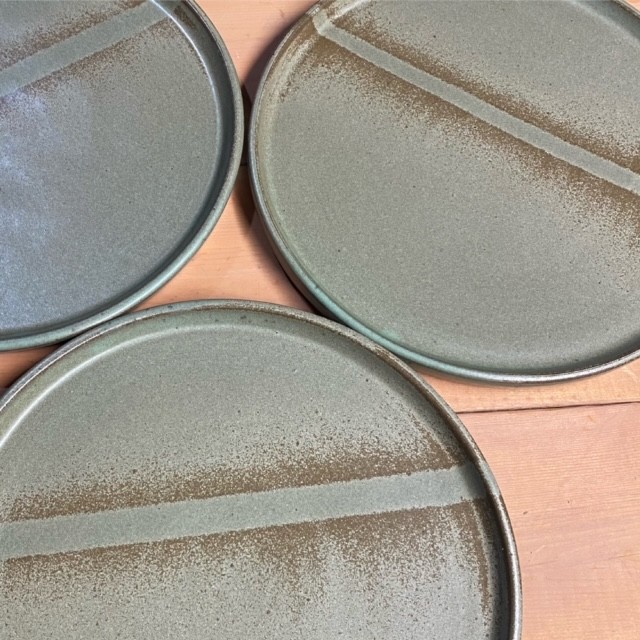
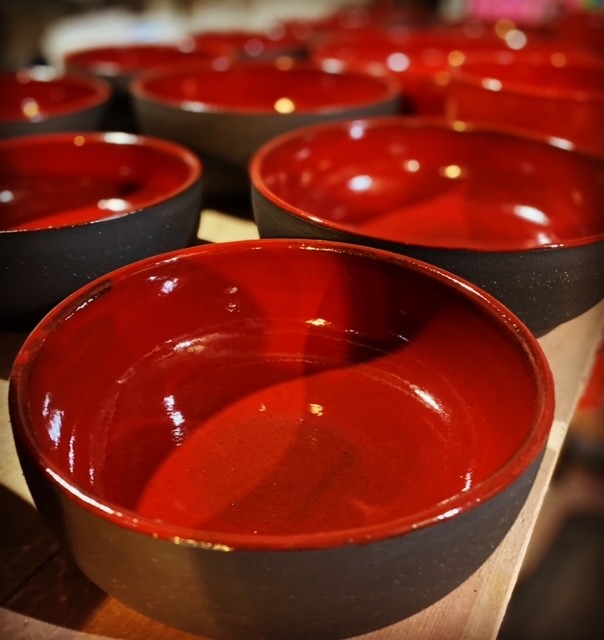
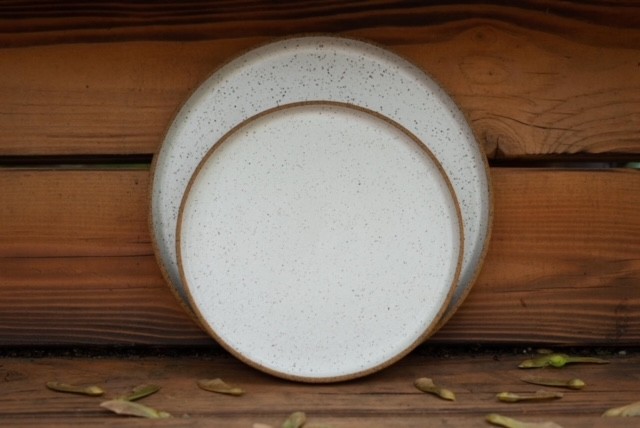
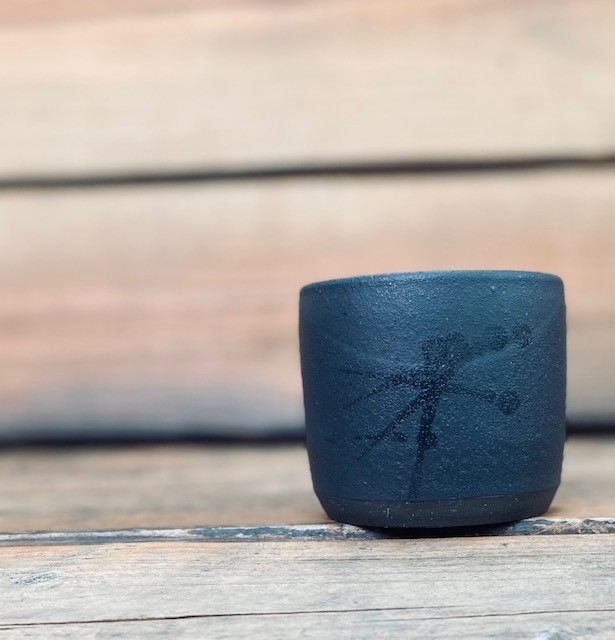
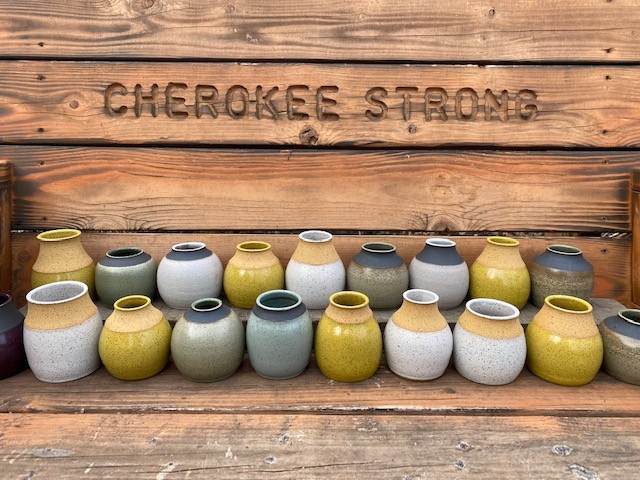
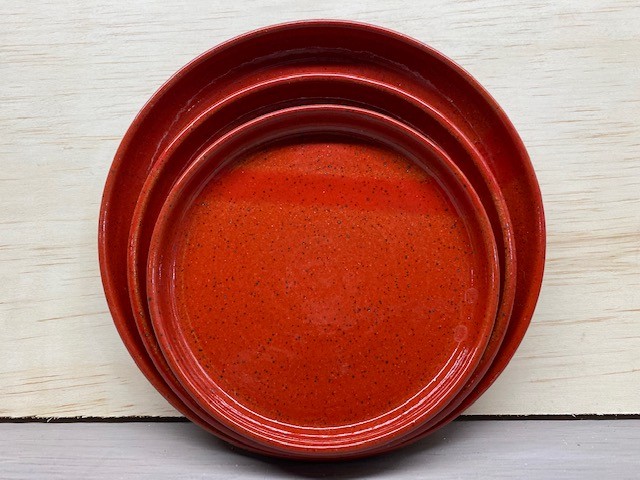
Image Credits
Photos taken by: Virginia Harold Leslie Sanazaro Jeremy Segel-Moss












